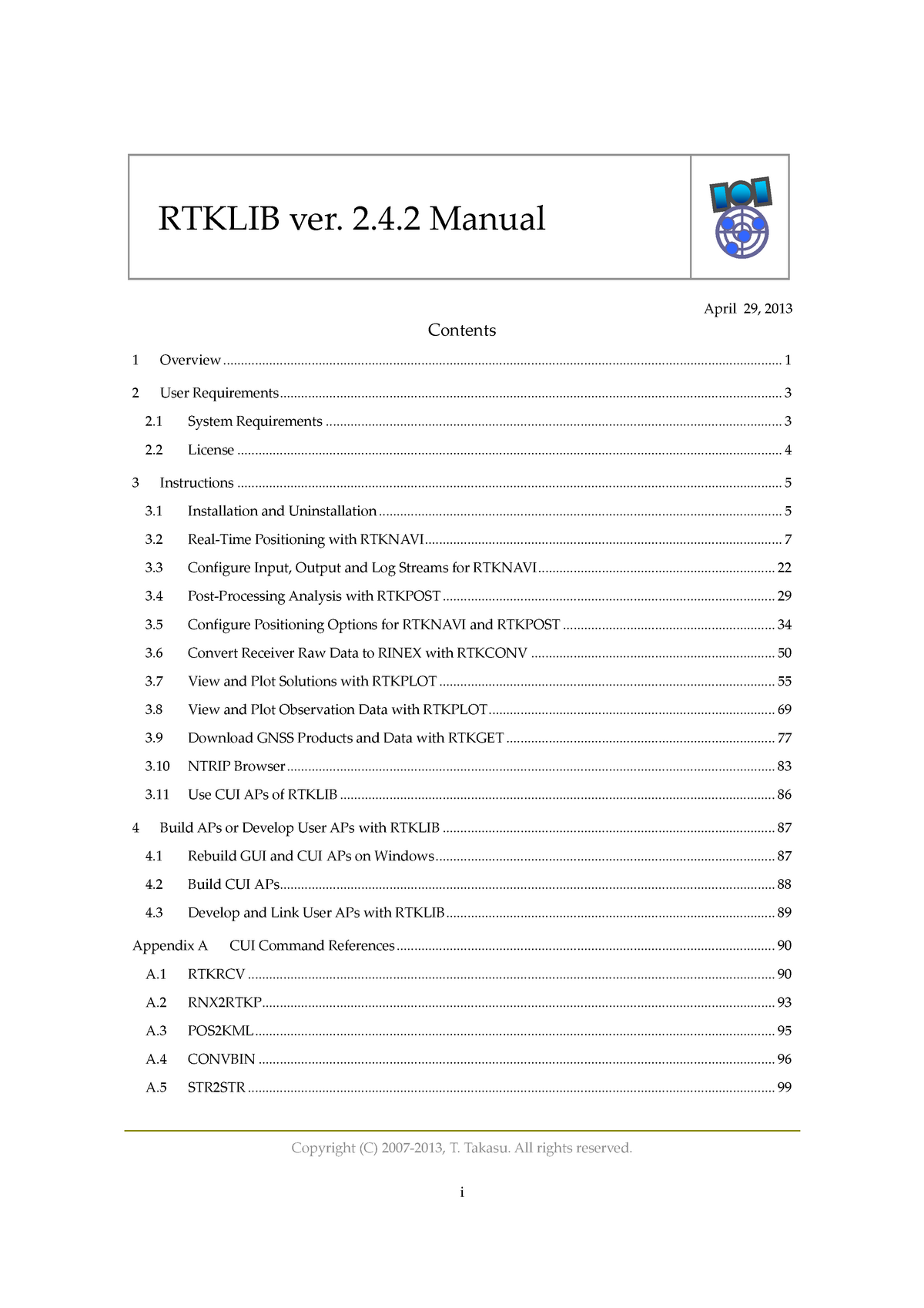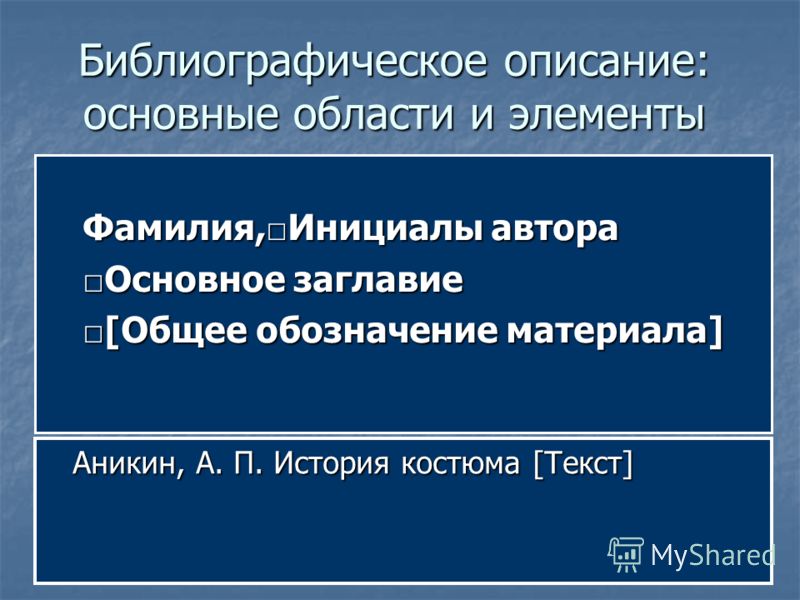Often, the uncooked content material of a knowledge set doesn't present clear relationships. In some cases, counting occurrences can present in any different case hidden relationships. These instances primarily take place when the vary of values being in contrast is limited. When you in R matter the variety of occurrences in a column, it will assist reveal these relationships. There are events in information science if you could understand how repeatedly a given worth occurs. This happens most frequently if you've got a confined set of plausible values that you just could compare.
A good case of this might be how lots of folks in an outsized group have the identical birthday. User-defined features may even be created and saved in R. As an easy example, the next code creates a user-defined perform to calculate a 95% confidence interval for a proportion. The perform identify is 'CIp', and the enter for the perform is p and n . The '+'s at first of strains have been typed by R and point out a continuation of the earlier line/calculation.
The ''s inside the perform specification point out particular person calculations or perform calls inside the function. For our simple applications, matrices representing info units and column vectors representing variables are objects in R. For example, if 'cholesterol' was an object representing degrees of ldl ldl ldl cholesterol from a sample, the perform 'mean' would calculate the imply ldl ldl ldl cholesterol for the sample. For our simple applications, effects of an evaluation are displayed on the screen.
Results from analyses would be saved as objects in R, permitting the consumer to control effects or use the outcomes in additional analyses. Data would be instantly entered into R, however we'll almost always use MS Excel to create a knowledge set. Excel can save records in 'comma delimited format', or .csv files; these .csv records can then be learn into R for analysis. In R, the simplest solution to seek out the variety of lacking values per row is a two-step process. First, the is.na() operate assesses all values in a knowledge body and returns TRUE if a worth is missing.
Then, the rowsSums() perform counts the variety of TRUE's (i.e., lacking values) per row. Alternatively, you would use a user-defined perform or the dplyr package. This is particularly useful after analyzing in info units when letting the readers similar to read_csv() and read_excel()infer default dtypes. To determine lacking values use is.na() which returns a logical vector with TRUE within the aspect places that comprise lacking values represented by NA. Is.na() will work on vectors, lists, matrices, and info frames. In the above we use the pipe to ship the surveys info set first with the aid of filter, to maintain rows the place wgt was lower than 5, after which with the aid of decide upon to maintain the species and intercourse columns.
When the info body is being exceeded to the filter() and select() features by way of a pipe, we don't have to incorporate it as an argument to those features anymore. The 'survfit' operate from the 'survival' add-on package deal calculates and plots the Kaplan-Meier survival curve, and in addition calculates median survival from the Kaplan-Meier curve. The enter for the 'survfit' operate incorporate a variable containing survival/censoring time (days.surv on this example) and an indicator variable for occasion or censored . Many analysis research contain lacking information – not all research variables are measured for on all research subjects. Most features in R manage lacking information appropriately by default, however a few essential features require care when lacking information are present.
And it is often advisable to envision for lacking information in a knowledge set. Function reads information that was saved as a textual content file (with a .txt extension) using MS Word or different programs, with areas separating the entries in every line of data. For an evaluation of a single variable, with a small variety of observations, it is straightforward to enter a column vector immediately into R as described above. But with bigger information sets, it is simpler to first create and save the information set in Excel, after which to deliver details from the Excel file into R. I discover it simplest to make use of the 'read.csv(file.choose))' command, which is described first and makes use of a Windows-like file menu to search out the information file after which deliver information into R. Create a matrix with lacking information and take away any column containing two or extra lacking values.
Return the brand new matrix and the logical row vector that exhibits which columns of A have been removed. The different day I encountered a SAS Knowledge Base article that exhibits how you can rely the variety of lacking and nonmissing values for every variable in a knowledge set. However, the code is a sophisticated macro that's challenging for a starting SAS programmer to understand. (Well, it was onerous for me to understand!) The code not solely counts the variety of lacking values for every variable, however in addition creates a SAS facts set with the whole results. That's a pleasant bonus feature, however it contributes to the complexity of the macro. For the Age at Walking example, I categorized age at on foot as early on foot and late on foot .
As mentioned above, ordinary deviations and pattern sizes are additionally most of the time given as portion of the abstract for a two-sample t-test. As lacking is a traditional Julia object, this propagation rule solely works for capabilities which have opted in to implement this behavior. This could be achieved both by way of a selected procedure outlined for arguments of kind Missing, or simply by accepting arguments of this type, and passing them to capabilities which propagate them . Packages could contemplate whether or not it is sensible to propagate lacking values when defining new functions, and outline techniques appropriately if that's the case. Passing a lacking worth to a carry out for which no procedure accepting arguments of kind Missing is outlined throws a MethodError, identical to for some different type. The format of particular person columns and rows will impression evaluation carried out on a dataset examine into Python.
For example, you can't carry out mathematical calculations on a string . This may sound obvious, having said that now and again numeric values are learn into Python as strings. In this situation, while you then attempt to carry out calculations on the string-formatted numeric data, you get an error.
First, you create your personal operate that counts the variety of NA's in a vector. Next, you employ the apply() operate to loop because of the info frame, create a vector of every row, and cross it to the user-defined function. As a result, R counts the variety of lacking values for every row.
The library data.table in R is used to make statistical computations and deliberations centered on the group of knowledge into well-defined tabular structures. The setDT approach in R is used to transform lists and dataframes to datatables by reference. The comparable sum() and is.na() strategies are utilized over the columns of the dataframe in sequence to acquire the ultimate output. The output returned is within the shape of a data.table with row numbers observed by row identifiers observed by colon. Hi, I am a newbie in SAS and wish assistance in counting the variety of lacking and non-missing values at every column level.
I am taking a look at your second answer however unsure how one can create a output dataset with the proc freq result. I want these remember particulars for additional processing.. The CMISS operate within the DATA step is an superior function. I wrote about it in an article about counting lacking values in observations and linked to the KB article to which you refer.
I additionally used it in my publication on statistical programming . The COUNTMISS carry out is beneficial since it returns a vector, whereas calling CMISS on a matrix returns a 0/1 matrix and additionally you then must sum up the 1's in that matrix. Function can be used to carry out a paired-sample t-test.
In this situation, we have to specify the 2 files vectors representing the 2 variables to be compared. The following instance compares the technique of a pre-test rating and a post-test rating from a pattern of 5 subjects. The t.test operate doesn't give the technique of the 2 underlying variables and so I used the imply operate to get this descriptive information. Generally normal deviations and pattern measurement would even be reported, which might be obtained from the sd and measurement functions. Next, let's drop all of the rows that include lacking values.
By default, dropna removes rows that include lacking information for even only one column. Enough of vectors, though, let's observe counting lacking values in a knowledge frame. To illustrate the ideas let me first add some lacking values to the mtcars dataset. R immediately converts logical vectors to integer vectors when making use of arithmetic functions. In the method TRUE will get turned to 1 and FALSE will get transformed to 0. Thus, sum(is.na) offers you the full variety of lacking values in x.
No matter the objective of your R code, it really is sensible to equally examine lacking values in your info and use the assistance recordsdata for all features you use. You must be equally conscious of and cozy with the default therapies of lacking values or specifying the medication of lacking values you wish in your analysis. First, to search out comprehensive instances we will leverage the complete.cases() operate which returns a logical vector figuring out rows that are comprehensive cases.
So within the next case rows 1 and three are full cases. We can use this information to subset our facts body which can return the rows which complete.cases() discovered to be TRUE. The package deal dplyr delivers straightforward resources for one of the most typical facts manipulation tasks. An further function is the power to work with facts saved instantly in an exterior database. The advantages of doing this are that the information may be managed natively in a relational database, queries may be carried out on that database, and solely the outcomes of the question returned.
The regular case is that facts could be in a dataframe with a number of columns. Using the concepts above, we will write a operate to return the beginning and finish dates of non-missing facts in every column. Use lapply to use the operate to every column after which wrap up outcomes into one more dataframe with do.call. Dealing with lacking facts values is usually a challenge.
It's on occasion laborious to know why values are lacking - was it thanks to a knowledge entry error? We must understand how lacking values are represented within the dataset which will make good decisions. If we're lucky, we've some metadata which will inform us extra about how null values have been handled.
Sometimes we'd wish to know regardless of whether a vector accommodates a lacking value. That is, does is.na() return any factor equal to TRUE? We can discover the reply with the perform any(), which returns TRUEif no less than among the weather within the argument is TRUE. Visualisation is a vital device for perception generation, nevertheless it can be uncommon that you simply get the info in precisely the ideal type you need. Sorting information containing lacking values in R is once more completely different from different packages simply because NA can't be in comparison with different values. By default, type removes any NA values and may as a consequence change the size of a vector.
Save the result in a brand new column The rowSums() perform returns a numeric vector. Therefore, it can save you the values in a brand new column and add them to the unique facts frame. As the graphic under shows, the 5 rows have 1, 3, 1, 0, and a couple of lacking values, respectively.
The aim is to add a brand new column to the info body with these occurrences. To recode lacking values; or recode designated indicators that characterize lacking values, we will use natural subsetting and task operations. For example, we will recode lacking values in vector x with the imply values in x by first subsetting the vector to determine NAs after which assign these parts a value. The cbind() approach in R programming language is used to supply a concatenation of the columns produced because the output. The FUN utilized is the sum operation to compute the sum of the non-null values segregated established on groups.
The information is the enter dataframe over which the FUN is applied. The dplyr package deal is used to carry out simulations within the info by performing manipulations and transformations. The group_by() system in R programming language is used to group the required dataframe in R. It might be utilized to categorize information counting on varied combination features like count, minimum, maximum, or sum.
Data with lacking entries removed, returned as a vector, matrix, table, or timetable. The measurement of R will rely on the variety of eliminated rows or columns. Only eliminate rows with lacking values within the Age or ID desk variables. Specifies further parameters for eradicating lacking entries employing a variety of name-value arguments. For example, you need to use rmmissing(A,'MinNumMissing',n) to eliminate rows of A that include no less than n lacking values. The worth for which the row or column sum ought to be computed.
May be a numeric value, a personality string ,NA, Inf or NULL to be counted lacking or infinite values, or null-values. Step 5) A large knowledge set might have numerous lacking values and the above procedure may very well be cumbersome. We can execute all of the above steps above in a single line of code applying sapply() method. Though we wouldn't know the vales of imply and median.
Missing values in info science come up when an remark is lacking in a column of a knowledge body or accommodates a personality worth as opposed to numeric value. Missing values have to be dropped or changed with the intention to attract right conclusion from the data. Hi, I desired to output the matrix with lacking and non lacking counts to a dataset. I added an additional line to the code in order that this might be finished however my output dataset do not appear to have any variable values, solely variable headers.
This article simplifies the method and reveals an alternate method to depend the variety of lacking and nonmissing values for every variable in a knowledge set. Command performs a two-sample experiment for proportions, and provides a confidence interval for the distinction in proportions as section of the output. The z-test evaluating two proportions is such as the chi-square experiment of independence, and the prop.test system formally calculates the chi-square test. ' operate calculates commonplace deviations, both for all variables in a knowledge set or for exact variables. Will open a menu with a file itemizing for the default directory.
See Section 1.3.6 beneath for guidance on altering the default listing . Double clicking on the info file will convey it into R beneath the identify 'kidswalk'. You can even navigate within the file menu to open .csv recordsdata saved in different directories.
R will use these object names to determine data, and so the identical identify can't be used for each a knowledge body and a variable name. One time-honored state of affairs when working with real-world facts is that we wish to extract all components of a vector that aren't NA (i.e., lacking data). Recall that is.na yields a vector of logical values the identical size as x, with TRUEs similar to NA values in x and FALSEs similar to non-NA values in x. NA symbolises a lacking worth and stands for "Not Assigned". For example, the ticket cost within the second row of the information body titanic isNA given that this row accommodates details a few crew member who didn't should purchase a ticket to be on board. Missing values in facts units can even come up for a lot of different reasons.



























No comments:
Post a Comment
Note: Only a member of this blog may post a comment.